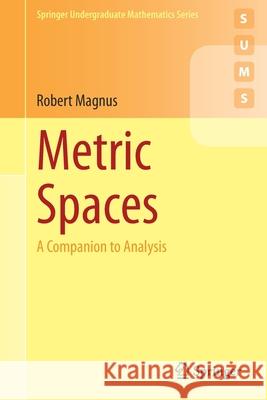Metric Spaces: A Companion to Analysis » książka
topmenu
Metric Spaces: A Companion to Analysis
ISBN-13: 9783030949457 / Angielski / Miękka / 2022 / 266 str.
Kategorie:
Kategorie BISAC:
Wydawca:
Springer
Język:
Angielski
ISBN-13:
9783030949457
Rok wydania:
2022
Ilość stron:
266
Waga:
0.37 kg
Wymiary:
23.39 x 15.6 x 1.42
Oprawa:
Miękka
Wolumenów:
01
Dodatkowe informacje:
Wydanie ilustrowane











